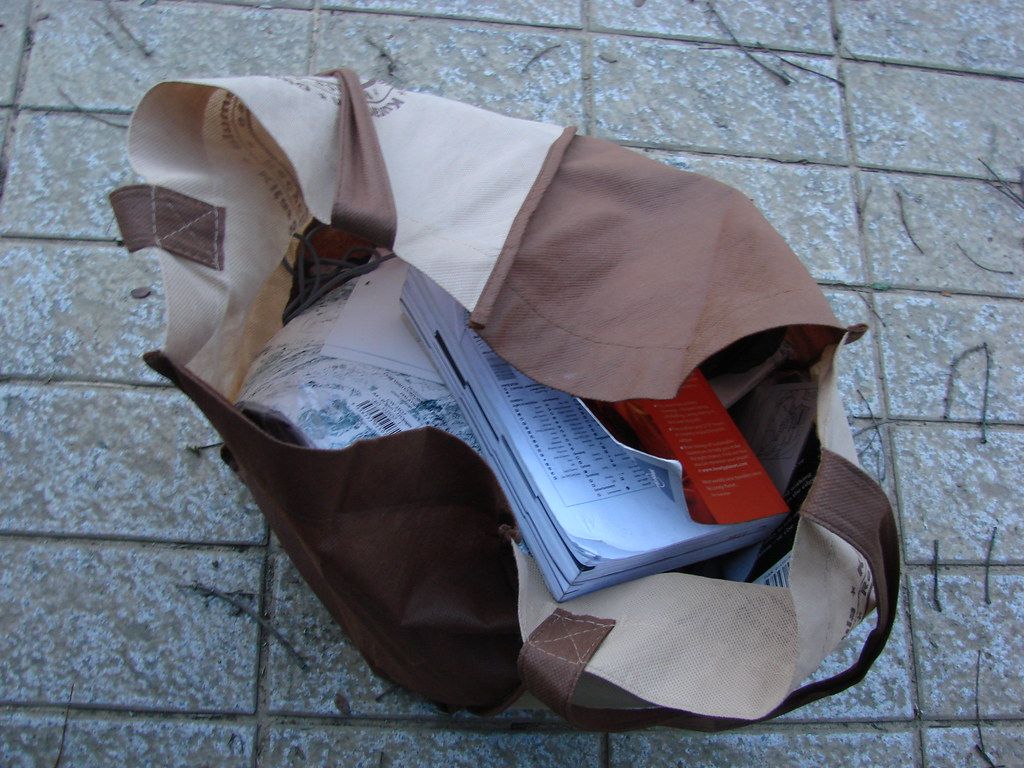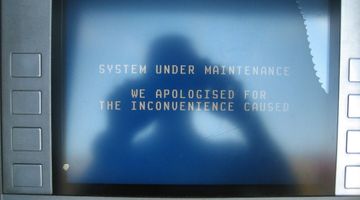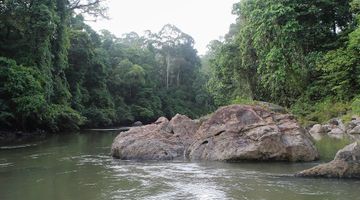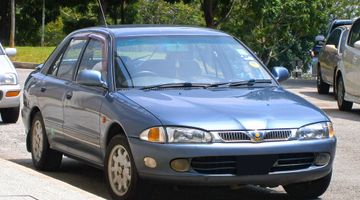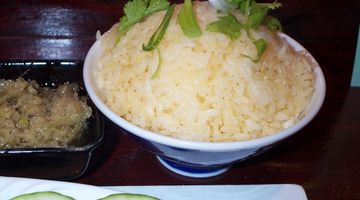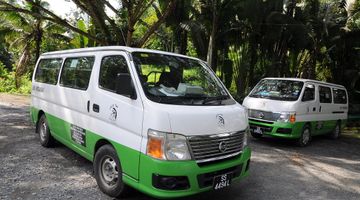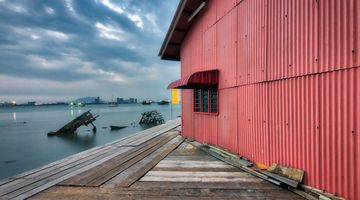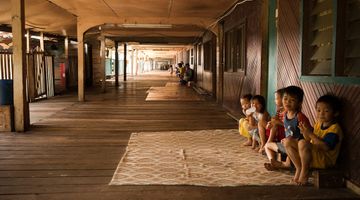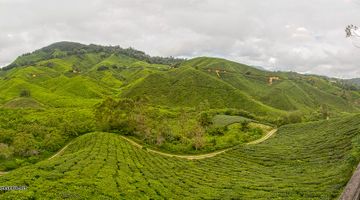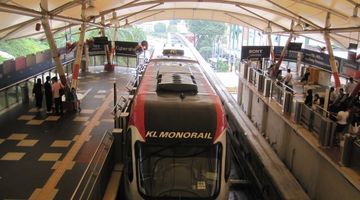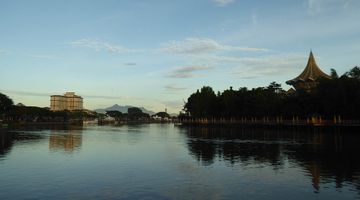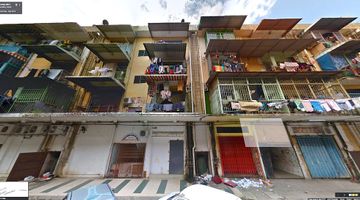Sibu Travel Guide
In a nutshell
Famous as a gateway to the Upper Rajang River, a densely forested area at the heart of Sarawak, Sibu is known by many by its nickname – the ‘Wild West’. The town has a turbulent history, with various political upheavals in its past and a reputation for lawlessness, but nowadays it’s becoming an increasingly popular spot for tourists in Borneo.
Why go to Sibu
The town has several attractions in itself, as well as serving as a gateway to many other spots in Sarawak. One of its other most interesting features is that it’s home to one of the largest Chinese communities in Malaysia, has a very good foodie scene with many local dishes to sample and enjoy, and also serves as a host for the Borneo Culture Festival for ten days every July. There are several interesting temples in the town itself, borne out of the Chinese culture that are worth visiting.
Also in the town are several shopping malls, which prove popular with foreign tourists, in addition to Sibu Gateway, a pleasant area with a fountain, garden and much loved swan statue. Similar to other cities in Malaysian Borneo like Sandakan and Kota Kinabalu, there is also a good heritage trail that has been established in order to allow visitors to get a better understanding of the area’s history.
Some of the main hotspots for tourists outside of the city include the Bukit Lima Forest, a protected area home to much wildlife, and the longhouse villages that are the home of indigenous tribes.
When to go to Sibu
The climate is tropical, so warm and often wet weather can be expected year round – temperatures normally stay at a maximum of around 30 degrees. December and January tend to be the wettest months and have the highest average rainfall, whilst June and July have the least and are usually the hottest. July is a good time to visit for the Borneo Culture Festival.
Where to stay in Sibu
Accommodation options in Sibu are pretty varied, with several options to suit most budgets. If you’re looking for something in the mid to upper budget levels it’s probably going to be better if you book reasonably well in advance so you get the facilities you’re looking for.
Budget travellers and backpackers on the other hand can often score good deals if they take a chance and negotiate with hostels and guesthouses that are located in the town. Most accommodation will have free wifi that’s reasonably reliable, whilst the budget places often have basic kitchen facilities which can be handy if you’re looking to save money on food.
where to eat in Sibu
Food is a bit of a speciality in Sibu, and there are plenty of interesting and tasty dishes to try that are specific to the area. Much of this is as a result of the Chinese influences in the region, with several dishes that are influenced strongly by the Chinese migrants who first came to Sibu.
A meal to try out includes red wine chicken, made with a type of red wine that’s important in the Foochow culture. Traditionally the wine was brewed at the home of a pregnant woman before she gave birth – to be enjoyed by visitors coming to meet the new arrival and the mother to help her recovery. It is served with chicken, rice or noodles, and herbs. There are plenty of restaurants that serve Chinese and Malay dishes, as well as a few international options.
How to get around Sibu
Sibu is a small town so if you’re exploring the town itself, it’s possible to do so on foot. This applies particularly to the down town area, and the heritage trail is typically accessed by walking.
You’ll also find many taxis in town, which is helpful if you’re not a fan of walking in the sometimes intense heat, and if you’re looking to head to some of the attractions that are outside of the centre. Most taxis you find in the street won’t have meters so be prepared to negotiate and it’s worth checking with your accommodation what the prices should be at the least, if not making use of their ability to help you out with booking cabs at fair rates. Taxis to and from the airport shouldn’t usually cost more than MYR45 for example.
The final option for getting around is by bus, although be warned that most are not air conditioned so this may not be the most comfortable option! There is a small bus terminal near the central market that has an information desk where they’ll be happy to point you in the right direction.
How to get to and from Sibu
There are a few ways to get to Sibu – the most convenient being by air as it’s fairly well connected to other Malaysian and Bornean tourist spots. Flights are fairly regular between Sibu and Kuala Lumpur, Johor Bahru, Kuching and Kota Kinabalu if booked in advance can be a budget friendly option with carriers like Air Asia running the routes.
Those travelling onwards within Sarawak, or travelling to Sibu from somewhere in the area may want to take a look at buses, as these run fairly frequently along the common routes between places like Miri, Mukah, Sarikei and Bintulu. Buses tend to be cost effective and fairly comfortable and safe.
Finally, you can also get to Sibu by boat. There are daily services to and from Kuching that cost around MYR55, as well as to and from Kapit for a cost of between MYR20 to MYR30 depending on what class you prefer.
Is Sibu a safe place to visit?
You’ll need to be a little aware of your personal safety in Sibu, as whilst its bad reputation isn’t necessarily still relevant, there is the possibility of pickpocketing and theft, especially in busy and crowded areas. There is a tourist police station located near the Central Market where you can go to seek help if you have any problems.

